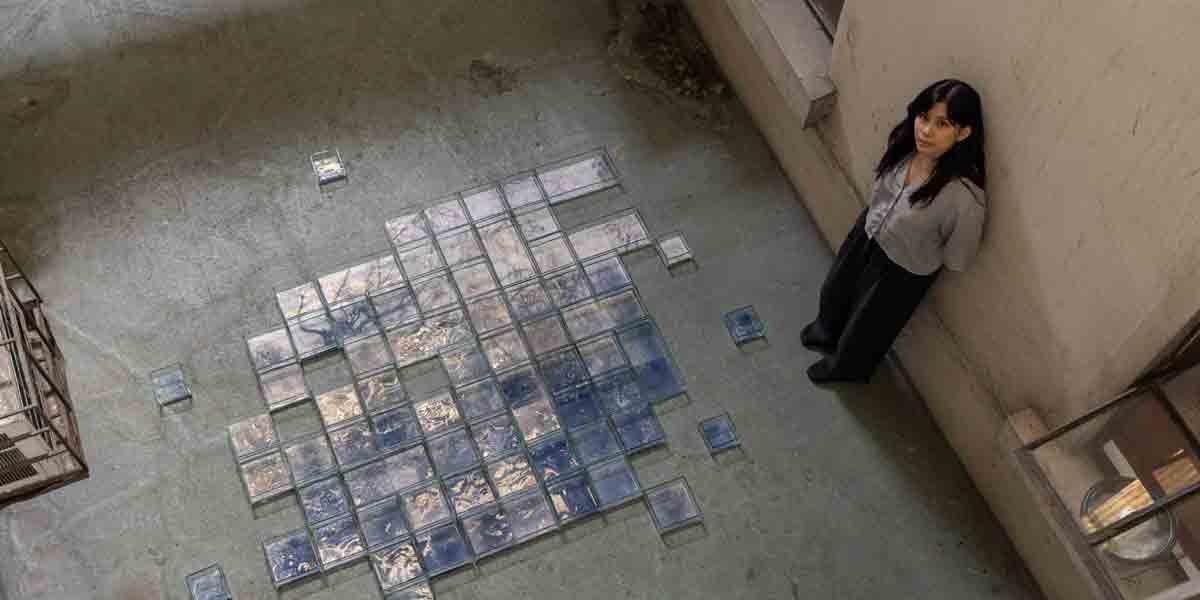
The country’s net external liability position as of Q1 2022 increased compared to the previous quarter due to higher net external liabilities of the general government (GG) and the non-financial corporations (NFCs).
By sector, the households (HHs) and financial corporations (FCs) remained to be the net creditors of the economy, while the NFCs and the GG continued to be net debtors.
The NFCs’ net debtor position widened primarily on account of higher net liabilities to the rest of the world (ROW) and other depository corporations (ODCs).
The NFCs’ net debtor position to the ROW and the ODCs expanded due mainly to the increase in cross-border borrowings and the contraction in the NFCs’ deposits with the ODCs, respectively.
The GG’s net financial liability position declined slightly in Q1 2022 mainly on account of higher deposit placements with the central bank (CB) and the ODCs, which tempered partly the growth in its financial liabilities.
The GG’s gross liabilities grew as a result of higher obligations to the CB, the ODCs, and the ROW. The GG’s liabilities were predominantly in the forms of government securities held mostly by the ODCs and the ROW.
The HHs remained as the top creditor among the domestic sectors as its net financial position expanded during the period. This expansion stemmed from higher net claims on the ODCs and other financial corporations (OFCs).
The improvement in the HHs’ net lending position resulted mainly from higher investments in the following: 1) OFC-issued equity and investment fund shares, 2) debt securities, and 3) insurance, pension and standardized guarantee schemes.
The ODCs’ net creditor position declined mainly on account of the increase in the ODCs’ gross financial liabilities which more than offset the growth in its financial assets. In particular, the growth in the ODCs’ financial liabilities was underpinned by the rise in debt securities mostly held by the OFCs.
Meanwhile, the growth of the ODCs’ financial assets decelerated on account of the decrease in the sector’s deposits with the CB.
The CB’s net creditor position shrank due mainly to the surge in the GG’s deposit placements with the CB. This development outpaced the growth in the CB’s claims on the GG in the form of loans. Meanwhile, the CB’s net claims on the ROW increased primarily because of the increase in the peso equivalent of the CB’s reserve assets.


















